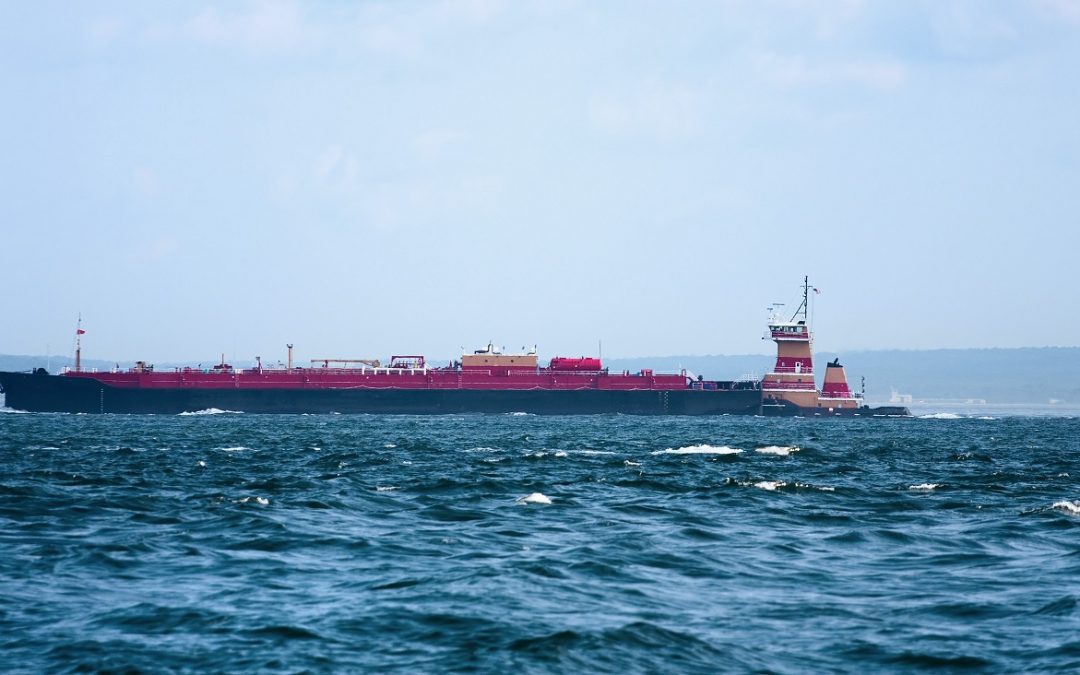Europe’s marine fuel supplies faced quality issues in the first quarter as the industry scrambled to replace Russian blendstocks with alternative fuel oil sources, according to data from Bureau Veritas Verifuel.
Quality tests of 0.5% sulfur fuel oil, the prevailing marine fuel, showed up to 10% failed to meet specified parameters at key European bunker hubs in Q1.
At the Greek port of Piraeus, some 10.6% of VLSFO sampled in Q1 did not meet International Standards Organisation ISO specifications 8217:2010 for 0.5%S residual marine fuel, the prevailing global standard for the fuel, according to Bureau Veritas data.
In the Amsterdam-Rotterdam-Antwerp area, 4.9% of the fuel was off-spec and at Las Palmas 6.8% was off spec, compared to a global samples rate of 2.1%.
The recurring culprit was sulfur.
At Piraeus, the primary off-spec parameters were sulfur, water and sediments. At Las Palmas, sulfur and water content were the problems, while at ARA they were sulfur, density and aluminum & silicone content, the data showed.
The off-spec instances at European ports were well above global trends, with 1.1% of fuels sampled globally off-spec for sulfur and much smaller incidences for other parameters.
Lack of Russian blendstock
Much like gasoline, 0.5% sulfur marine fuel is a blended fuel, comprised of different components. Following the implementation of International Maritime Organization rules in 2020 mandating a maximum 0.5% sulfur content in marine fuel burned on the high seas, a large portion of the demand for blendstock for the marine fuel in Europe had been supplied by Russia.
Following Russia’s invasion of Ukraine in February 2022, the country’s oil products have found themselves increasingly closed off from a number of international markets. Sanctions include an EU embargo on Russian oil products which came into effect Feb. 5.
The rise in off-spec 0.5%S fuel oil in Q1 coincided with a noticeable fall in imports of Russian vacuum gasoil, typically a refinery feedstock and also a popular blending component for 0.5%S fuel oil.
Russian VGO exports to Europe averaged 376,200 mt/month in Q1, down 36% year on year, according to data from S&P Global Commodities at Sea (CAS).
The drop in Russian origin products since the EU ban has seen the market for blendstocks tighten significantly in Europe, resulting in blenders having to find new combinations and proportions of different blendstocks to produce 0.5%S marine fuel.
In Northwest Europe, there has been an uptick in the use of Estonian shale oil as a blending component for 0.5%S fuel oil, which has led to stability and sediment issues for the finished grade in some instances, European fuel oil traders said.
While Estonian shale oil has been used as a blendstock for some time without too many problems, the absence of Russian blendstocks has seen the shale oil used in much higher quantities within some blends, leading to stability issues, the traders said.
Product competition
Strong margins for high-value products like diesel and gasoline meant those products have been absorbing the bulk of VGO volumes, leaving a limited amount of VGO for the 0.5% marine fuel blending pool.
“European refiners have been forced to manage without Russian VGO with limited obvious replacements, which is generally bullish for gasoline and diesel cracks in Europe,” Rebeka Foley, an oil analyst at S&P Global Commodity Insights, said.
The paper spreads for ultra-low sulfur 10 ppm diesel FOB ARA barges over Brent and gasoline Eurobob 10 ppm over Brent surged following the start of the Ukraine war and crack spreads in Q1 2023 were stronger year on year, with diesel cracks 38% higher on the year at $31.85/b and gasoline, for which Europe has been less reliant on Russia, 6% higher on the year at $13.52/b, according to S&P Global Commodity Insights data.
That trend has shown signs of wavering in recent weeks. An unexpected decline in diesel cracks in April meant 0.5%S fuel oil faced less competition for the feedstock in April.
As for 0.5%S fuel oil, analysts at S&P Global forecast its cracks will remain broadly stable through the year, inhabiting the current range of minus $6-$9/b.
The upcoming gasoline demand season will add some upward pressure to VGO prices in Europe, as it operates without Russian supply and as demand ramps up in the US, Foley said.
Source: Hellenic Shipping News




